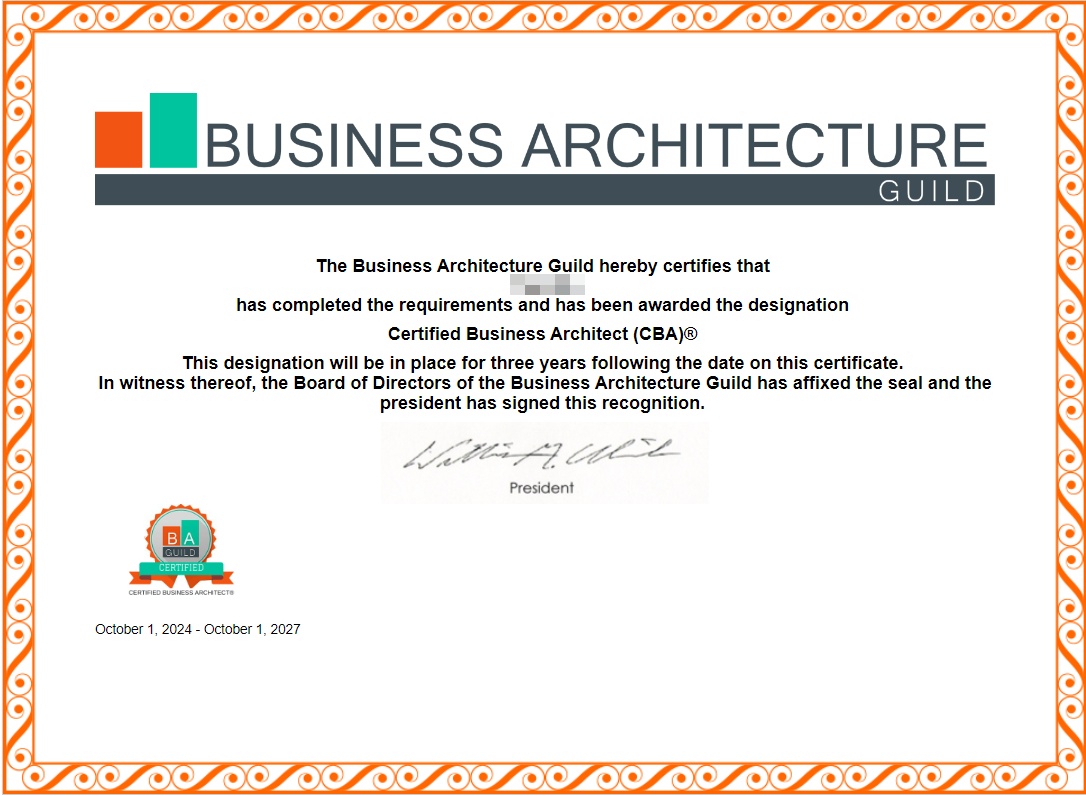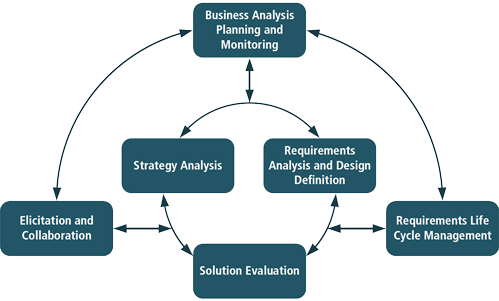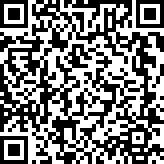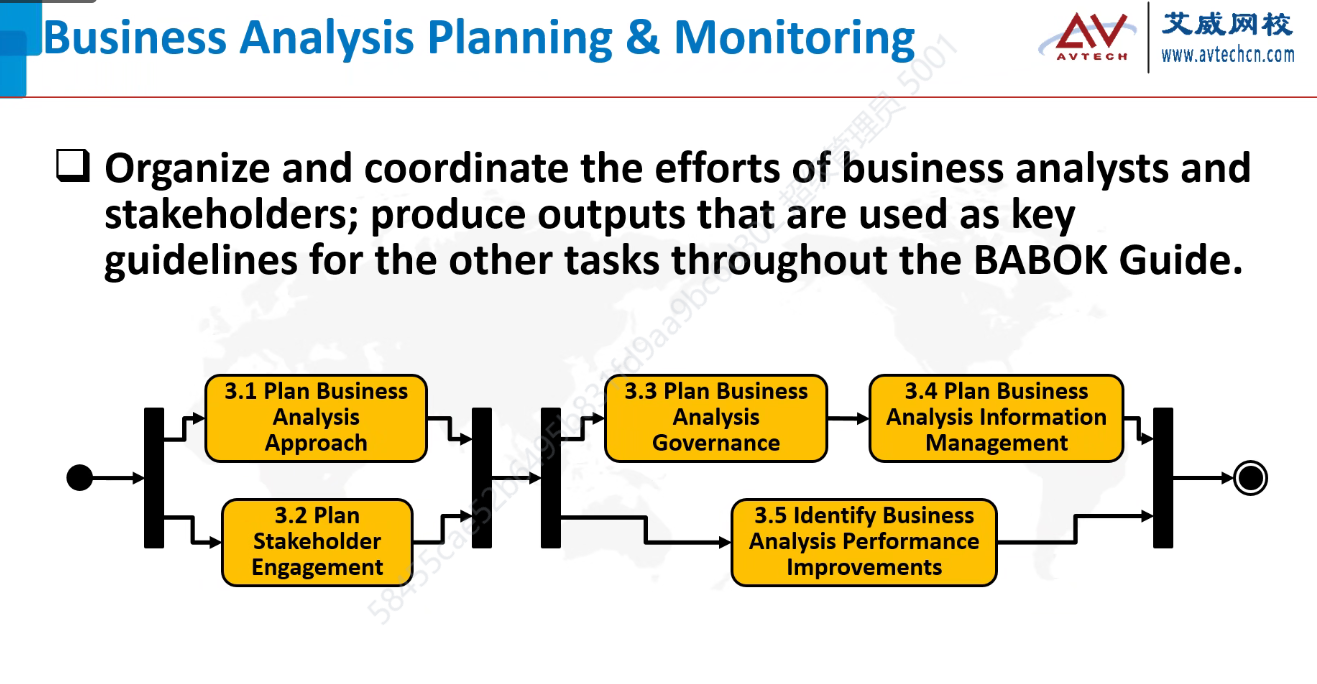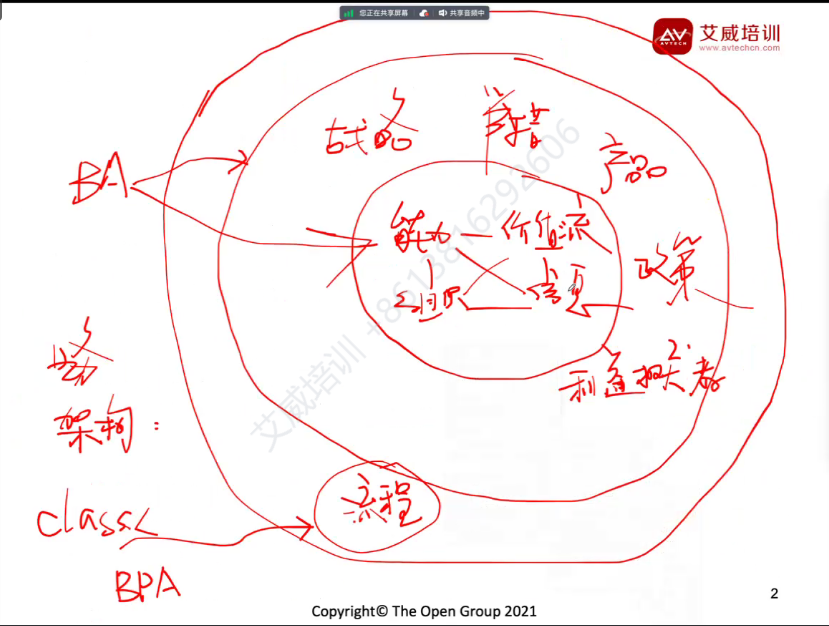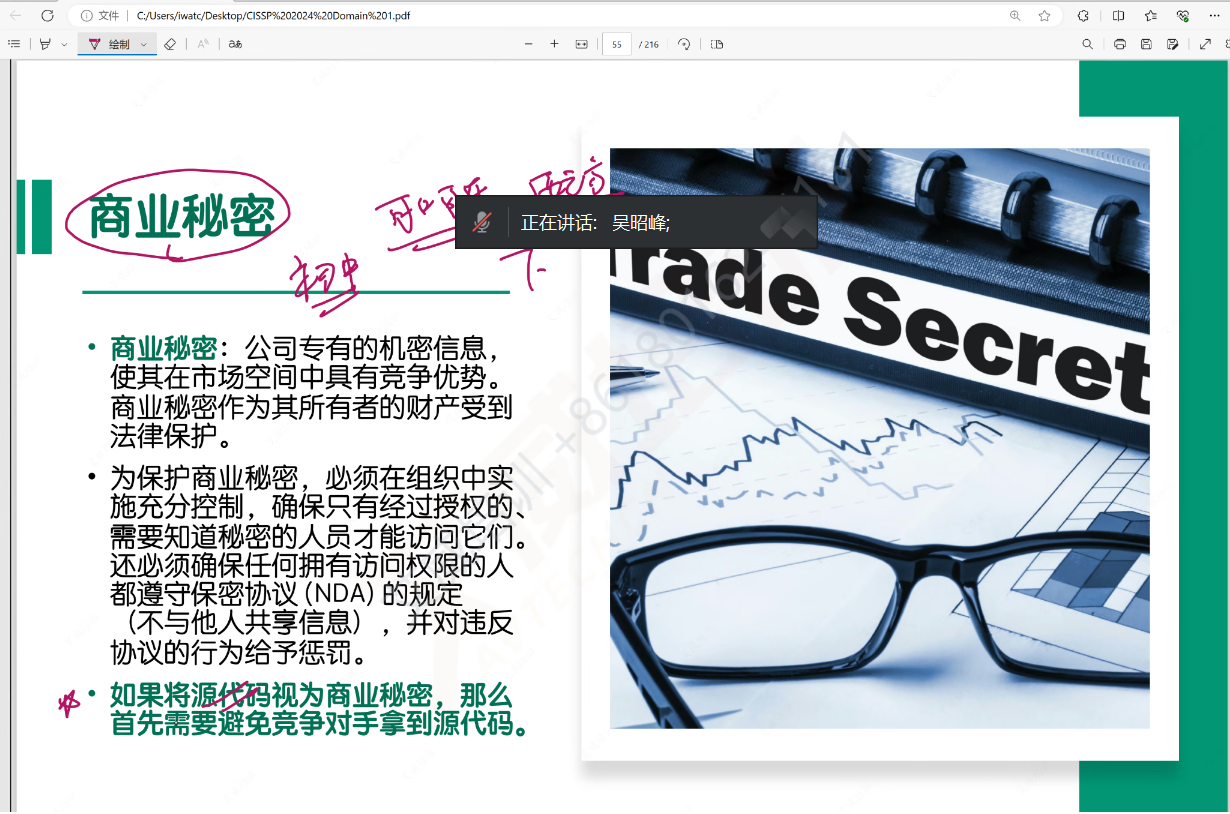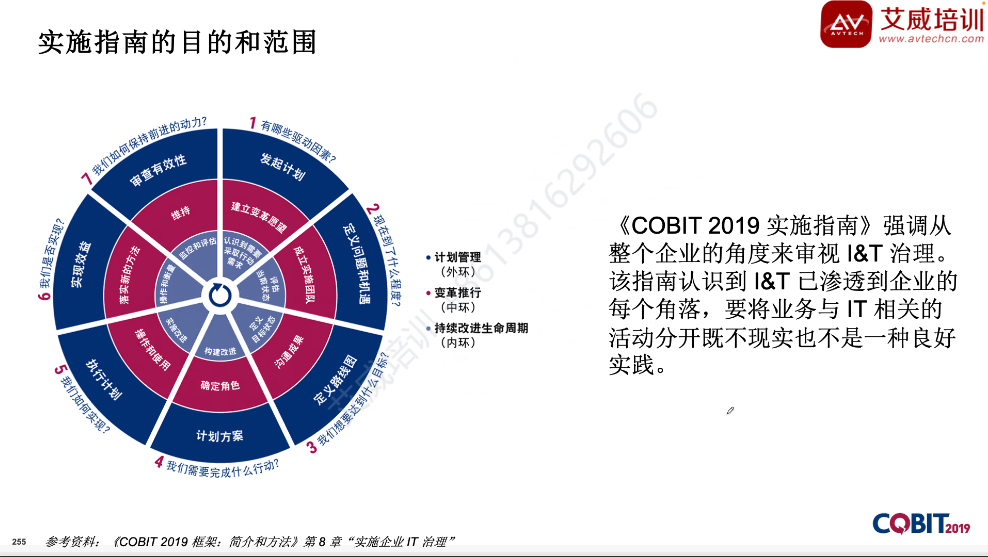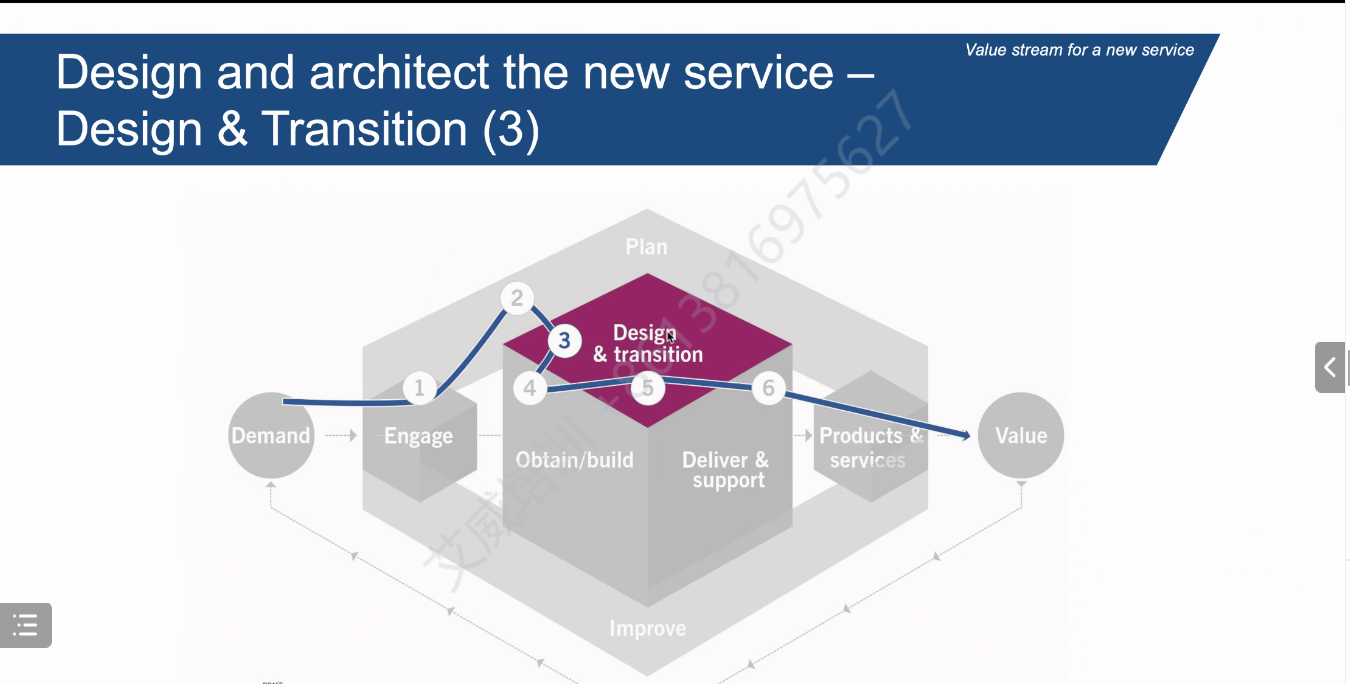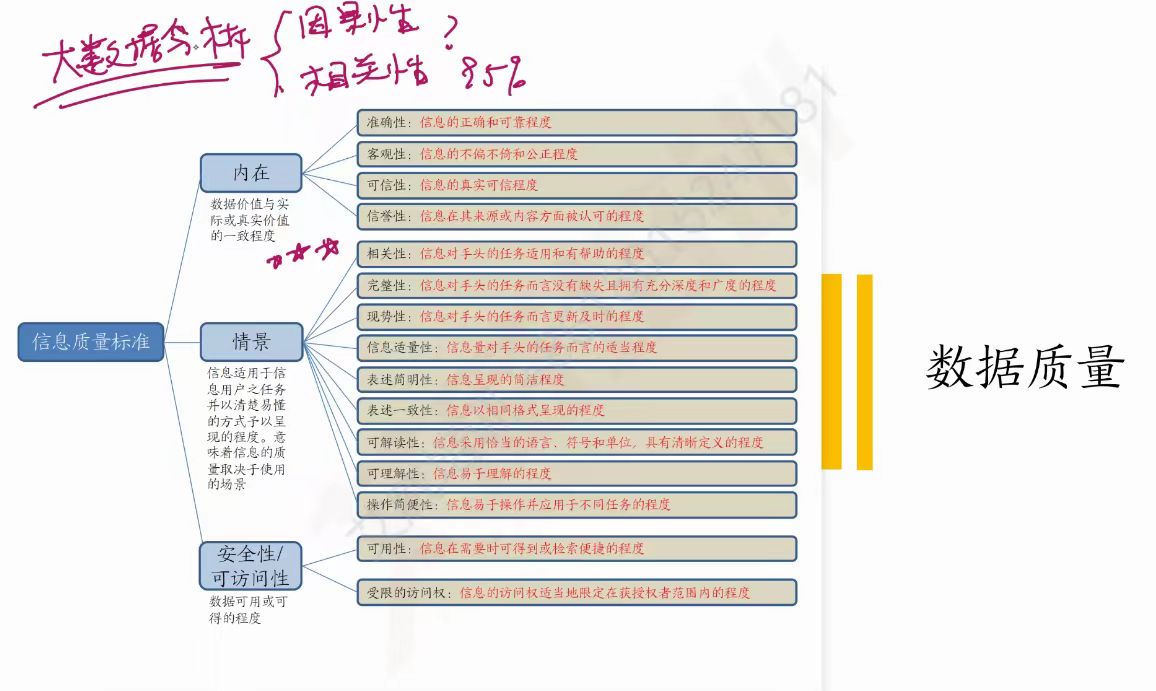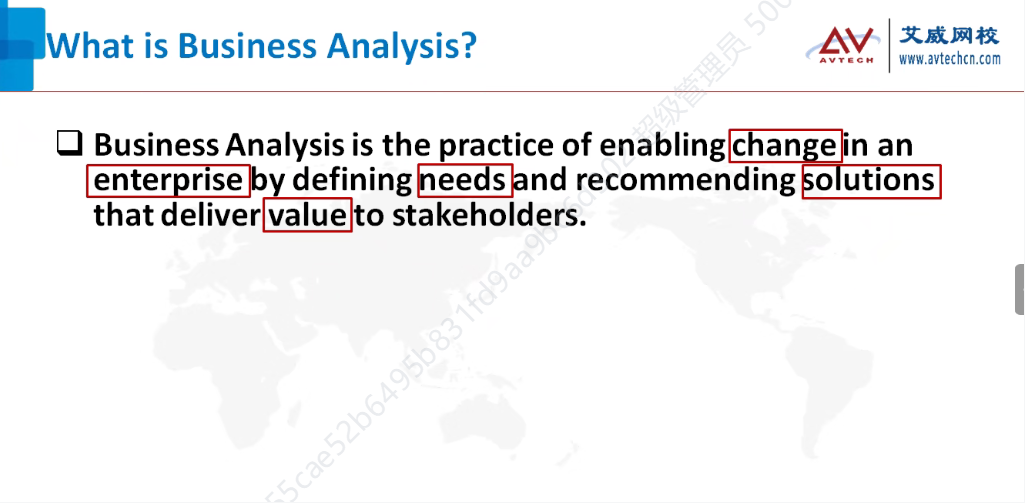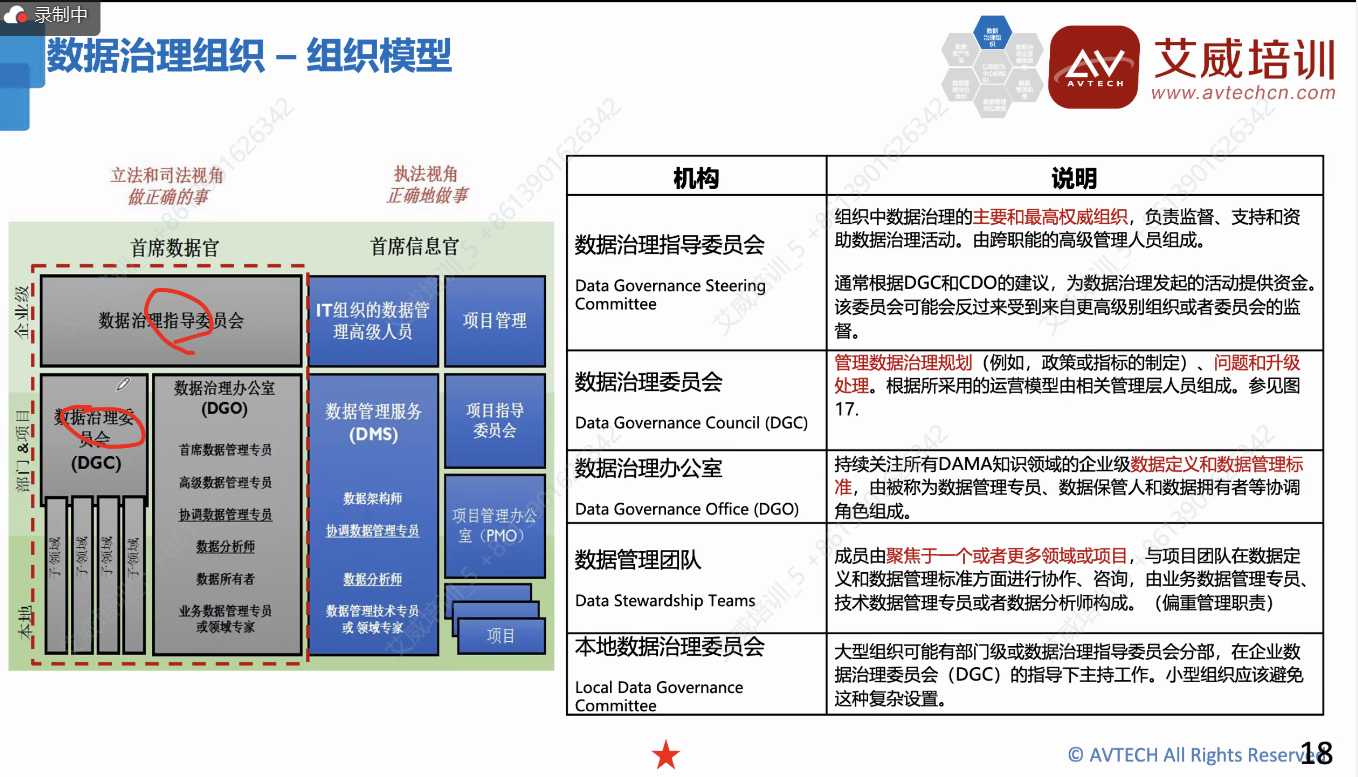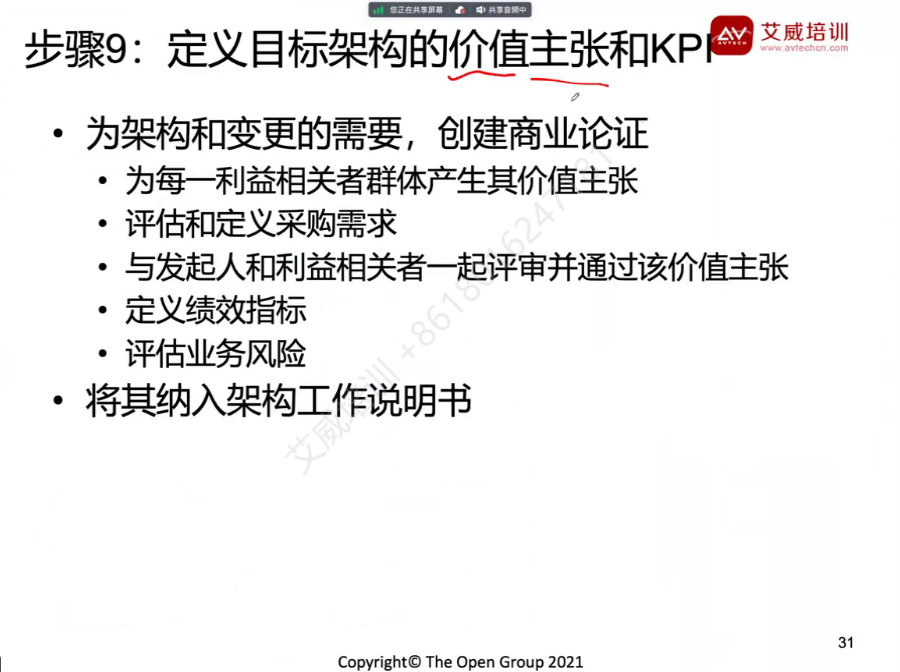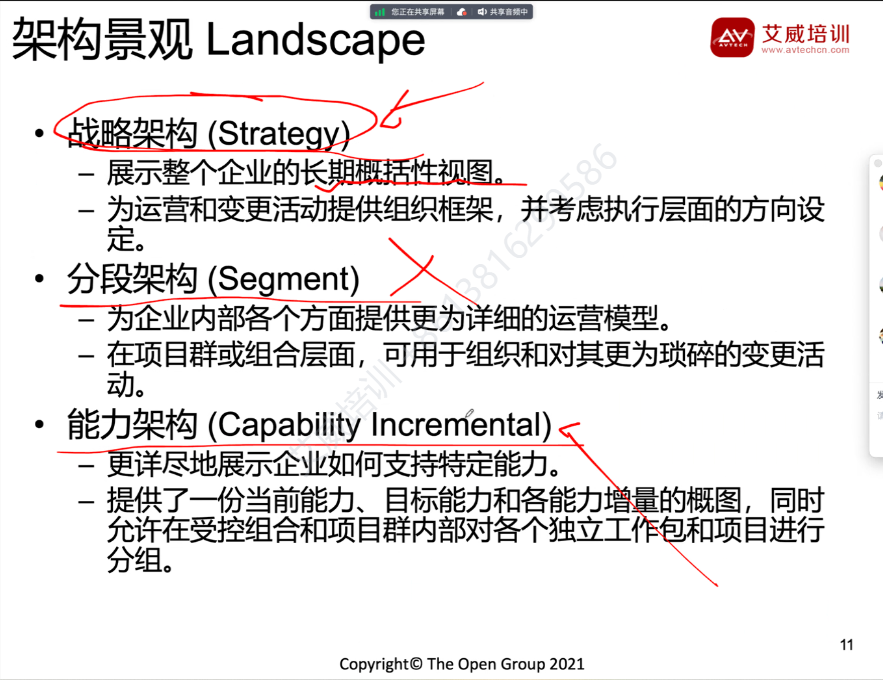CBA业务架构师认证是由业务架构师公会(Business Architecture Guild®)授予的一种专业认证,也是业务架构领域的一项重要认证。该认证标志着持有者已经掌握了业务架构的核心技能和知识,可以在实际工作中熟练运用业务架构技术和框架,与其他架构和学科形成有效的对接。
- 中文名CBA业务架构师认证
- 英文名Certified Business Architect
- 英文简称CBA
- 颁证机构Business Architecture Guild®(业务架构师公会)
- 证书类别业务架构
- 同类认证TOGAF
国际业务需求分析师CCBA认证模拟题
发布时间:2017.11.17
CCBA认证模拟题
1.What factor can be assessed through key performance indicators (KPIs) aligned with enterprise measures, goals, and objectives for a project, process performance targets, or tests for a software application?
a.Non performance.
b.Performance.
c.Solution acceptance.
d.Value.
2.Policies, budget, time, resource availability are all types of __________________ ?
a.Capabilities.
b.Risks.
c.Resources.
d.Constraints.
3.What is the purpose of prioritizing requirements?
a.To rank requirements in the order of relative importance.
b.To determine which requirements carry the most risk.
c.To determine which requirements should be completed first.
d.To ensure requirements align to one another and manage the effects of any proposed change.
4.Tony has listed a risk on the BA risk register that states, "The off-the-shelf solution will not interface with the existing accounting system without significant customization." Team members have asked him to remove it from the register. Why?
a.Because the team has determined a solution.
b.Because the statement is not a risk.
c.Because it is a design risk and should be addressed by the solution architect.
d.Because it is a solution risk that will be addressed by the delivery team.
5."Atomic" is a characteristic of requirements and/or design quality. What does it mean?
a.It is small; atom-like.
b.It contains no extraneous or unnecessary content.
c.It is self-contained and capable of being understood independently of other requirements or designs.
d.It is at the level that will guide further work.
6.Catherine is preparing to analyze requirements. She starts with conducting a thorough stakeholder analysis to identify stakeholders and analyze their characteristics. What technique is Catherine using?
a.Organizational modeling.
b.Stakeholder list, map, or personas.
c.Roles and permissions matrix.
d.Stakeholder analysis.
7.You are planning the business analysis approach to use for the current initiative to which you have been assigned. However, engaging stakeholders presents significant challenge - especially when you invite them for meetings. No matter what you do, many don't show up! What would you try next?
a.Reviews.
b.Escalation.
c.Interviews.
d.Complete the planning alone to avoid falling behind schedule.
8.Specifying and Modeling Requirements is a task in which of the following knowledge areas?
a.Strategy Analysis.
b.Requirements Analysis and Design Definition.
c.Elicitation and Collaboration.
d.Solution Evaluation.
9.Which of the following is NOT an element in item tracking technique?
a.Item Record.
b.Item Identifier.
c.Item Management.
d.Metrics.
10.What is the impact of the agile perspective on the planning and execution of elicitation and collaboration tasks?
a.Minimal to none; elicitation and collaboration tasks are planned and executed similarly in an agile environment.
b.While requirements are all elicited at the beginning of the project, they are not formally approved during the project.
c.High level requirements are elicited at the beginning of the project; requirements are detailed right to the appropriate level right before their development begins.
d.There is less emphasis on collaborative elicitation approaches.
11.What are all of the core concepts within the context of requirements life cycle management?
a.Comparison, need analysis.
b.Change, need, solution, context, validation, solution.
c.Change, need, solution, context, value, stakeholder.
d.Context, change, solution.
12.Which of the following is NOT a listed strength of developing a Roles and Permission Matrix?
a.Provides procedural checks and balances, as well as data security, by restricting individuals from performing certain actions.
b.Provides an opportunity for stakeholders to be involved in the planning process.
c.Provides documented roles and responsibilities for activities.
d.Promotes improved review of transaction history, in that audit logs can capture details about any assigned authorities at the time.
13.Which of the following is an input to plan business analysis approach task?
a.Designs.
b.Solution scope.
c.Requirements.
d.Needs.
14.Which of the following techniques would best help in visually uncovering interface requirements quickly and early in the analysis process?
a.Activity diagrams.
b.Prototyping.
c.Entity relationship diagrams.
d.Use cases.
15.What should NOT be considered when evaluating whether or not a solution should be retired or replaced?
a.Necessity.
b.Future investment required.
c.Sunk cost.
d.Opportunity cost.
16.A BA who relies solely on their technical knowledge might be least likely to utilize which of the following tools?
a.Rational rose.
b.Service oriented architecture.
c.Mercury.
d.Maslow's hierarchy of needs.
17.Which of the following describe common non-functional requirement categories?
a.Reliability, compatibility, scalability, dependability.
b.Reliability, availability, scalability, traceability.
c.Reliability, compatibility, scalability, localization.
d.Reliability, readability scalability, localization.
18.Which of the following guidelines/tools provides results of previous valuation that should be reviewed and incorporated into all planning approaches?
a.Business policies.
b.Methodologies and frameworks.
c.Business analysis performance assessment.
d.Expert judgment.
19.What are all the inputs to the Define Requirements Architecture task?
a.Information Management Approach, Requirements (traced), Solution Scope.
b.Information Management System, Requirements (any state), Solution Scope.
c.Information Management Approach, Requirements (any state), Solution Scope.
d.Information Management System, Requirements (traced), Solution Scope.
20.Which of the following are outputs of the task Define Future State?
a.Business goals and objectives, capability analysis, potential value.
b.Business objectives, future state description, potential value.
c.Business goals and objectives, future state description, potential value.
d.Business objectives, capability analysis, potential value.
21.Which of the following stakeholders are included in the task Verify Requirements?
a.All stakeholders.
b.Business analyst; domain subject matter experts; developers; architects.
c.Business analyst; domain subject matter experts; developers; testers.
d.Business analyst; domain subject matter experts; architects; testers.
22.What is the difference between noun and verb concepts in a concept model?
a.Noun concepts are the most basic concepts in the model and verb concepts make connections between them.
b.There are no noun and verb concepts in a concept model.
c.Noun concepts are tangible while verb concepts describe the actions performed by nouns.
d.Both noun and verb concepts must be present in a concept model.
23.What is the key reason for maintaining requirements?
a.To build a database of requirements that will ensure requirements are not missed in development.
b.To manage the requirements throughout the requirements life cycle and enable re-use of those requirements in other solutions.
c.To help ensure testing is performed effectively and requirements are traced to test cases.
d.To ensure organizational assets are updated and managed.
24.There are several situations in which requirements can be reused. Which of the following statements is accurate regarding requirements reuse?
a.Requirements at low levels of abstraction may be written with limited reference to specific solutions and therefore are more reusable.
b.Requirements that are represented in a general manner, without direct ties to a particular tool or organizational structure, tend to be less reusable.
c.As requirements are expressed in more detail, they become more tightly associated with a specific solution or solution option.
d.Specific references to applications or departments increase the reuse of requirements and designs across an organization.
25.Data dictionaries are used to standardize the definitions of data elements within the context of a solution. What data model is oftentimes partnered with a data dictionary?
a.Swim lane diagram.
b.Sequence diagram.
c.Activity diagram.
d.Entity relationship diagram.
26.You have just completed your requirements workshop. Who should be involved with capturing the elicitation outcomes from the workshop?
a.Business analyst and project manager.
b.Business analyst.
c.Business analyst, project manager, and scribe.
d.Business analyst and scribe.
27.Troy is designing a web form for his online registration project. In order to allow stakeholders to provide input and feedback early, he decides to provide them with a prototype. Which of the following would NOT be a consideration for him?
a.Prototyping approach.
b.Prototyping examples.
c.Stakeholders knowledge of prototypes.
d.Prototyping methods.
28.How does the BABOK define a business rule?
a.A business rule is a specific, testable directive that serves as a criterion for guiding behavior, shaping judgments, or making decisions.
b.A capability or condition needed on a particular project to solve a problem or achieve an objective.
c.Expressed as a relationship between one entity/business object and another.
d.A regulation that an organization must adhere to.
29.In order to confidently analyze the current state of an enterprise, what must the BA utilize as an input?
a.Confirmed elicitation results.
b.Unconfirmed elicitation results.
c.Elicitation activity plan.
d.Interview and workshop transcripts.
30.What are the inputs for the verify requirement task?
a.Requirements in transition.
b.Requirements (signed off).
c.Requirements (validated).
d.Requirements (specified and modeled).
31.Which of the following considerations is NOT addressed when assessing the impact of a proposed change?
a.The business analyst evaluates the impact of any change to the dependencies between requirements.
b.The business analyst evaluates cost of the change, the cost of any associated work, and opportunity costs.
c.The business analyst evaluates the impact of the change on customers and business processes.
d.The business analyst evaluates the benefit that will be gained by accepting the change.
32.IDEF, BPMN, and IGOE are types of notations utilized in which of the following models?
a.Data models.
b.Conceptual models.
c.State models.
d.Process models.
33.Continual prioritization is best described by the following statement:
a.Initially, prioritization is done at a higher level of abstraction. As the requirements are further refined, prioritization is done at a more granular level and will incorporate additional bases for prioritization as they become appropriate.
b.Stakeholders may also have difficulty characterizing any requirement as a lower priority, and this may impact the ability to make necessary trade-offs.
c.Requirements are prioritized is agreed upon by relevant stakeholders as defined in the business analysis planning and monitoring knowledge area.
d.The chance that the requirement cannot deliver the potential value, or cannot be met at all. This may include many factors such as the difficulty of implementing a requirement, or the chance that stakeholders will not accept a solution component.
34.The senior business analyst requested that all requirements be self-contained and capable of being understood independently of other requirements or designs. Which characteristic of requirements and design is the senior business analyst requesting?
a.Unambiguous.
b.Consistent.
c.Complete.
d.Atomic.
35.What are the input(s) to the plan business analysis governance task?
a.Business analysis approach and performance objectives (external).
b.Needs and business analysis approach.
c.Business analysis approach and stakeholder engagement approach.
d.Needs.
36.What is the purpose of the information management approach in defining requirements architecture?
a.To trace business rules to requirements that they support.
b.It defines the level of detail at which information should be captured.
c.Defines how the business analysis information will be stored and accessed.
d.Defines the relationships between requirements, designs, and solution components.
37.A senior business analyst was discussing the reason why she was using an onion diagram to address the concerns of the client regarding resources in the organization who will be involved with the solution. The BA provided which of the following responses?
a.An onion diagram will help identify stakeholders.
b.An onion diagram indicates how involved the stakeholders will be with the solution, which stakeholders will directly interact with the solution, which are internal or external to the organization.
c.An onion diagram will determine impacted stakeholders who are internal and external to the organization.
d.An onion diagram indicates which stakeholders will directly interact with the solution.
38.What is the output of the manage stakeholder collaboration task?
a.Stakeholder engagement.
b.Stakeholder list, maps, and personas.
c.Stakeholder collaboration.
d.Business analysis performance assessment.
39.Which technique below is used to produce numerous new ideas, and to derive from them themes for further analysis?
a.Non-functional requirement analysis.
b.Lessons learned process.
c.Brainstorming.
d.Decision Analysis.
40.Which guideline and tool is NOT leveraged to support assessing solution limitations?
a.Change strategy.
b.Future state description.
c.Risk analysis results.
d.Solution scope.
41.Which of the following would NOT be considered a strength of creating a glossary?
a.A glossary promotes common understanding of the business domain and better communication among all stakeholders.
b.Capturing the definitions as part of an enterprise's documentation provides a single reference and encourages consistency.
c.Simplifies the writing and maintenance of other business analysis information including but not limited to requirements, business rules, and change strategy.
d.It is an essential input into the data dictionary.
42.Which of the following stakeholders will be more focused on prioritization being consistent with legal and regulatory constraints?
a.Project manager.
b.Regulator.
c.Implementation SME.
d.Sponsor.
43.What is the key difference between a state transition and state diagram?
a.A state diagram describes how the entity changes from one state to another; a state transition shows the life cycle of one entity.
b.A state transition describes how the entity changes from one state to another; a state diagram shows the life cycle of one entity.
c.A state diagram is conceptual; a state transition is more detailed and operational.
d.A state transition is conceptual; a state diagram is more detailed and operational.
44.What task needs to occur before a change can be assessed?
a.Determine the cost of the change.
b.Establish the requirements baseline.
c.Determine the specific stakeholder who will implement the change.
d.Analyze the impact(s) of the change.
45.Jessica is a business analyst planning a meeting to assess the risks associated with achieving the future state of an enterprise. Who are some of the stakeholders she should invite?
a.Sponsor, domain subject matter experts, suppliers, project manager, end-users.
b.Sponsor, domain subject matter experts, suppliers, regulators, end-users.
c.Sponsor, domain subject matter experts, suppliers, project manager, testers.
d.Sponsor, domain subject matter experts, suppliers, project manager, customers.
46.When does the requirements life cycle end?
a.When all requirements have been approved and the solution is deployed.
b.When the solution is retired and its associated requirements are archived.
c.When the solution is retired and any eligible requirements are made re-usable.
d.When the solution and the requirements that represent it are retired.
47.Which of the following is the best definition of a "need" which is an input to many BA tasks?
a.A need is synonymous with a requirement.
b.A need is synonymous with business requirements.
c.A problem or opportunity to be addressed.
d.The perceived gap between business goals and the current state environment.
48.Which techniques might you use during the Assess Risks task?
a.Brainstorming; functional decomposition; root cause analysis.
b.Brainstorming; root cause analysis; variance analysis.
c.Brainstorming; financial analysis; lessons learned.
d.Brainstorming; benchmarking; lessons learned.
49.According to the BABOK, which of the following are the valid five tasks task for elicitation and collaboration knowledge area?
a.Prepare for elicitation, conduct elicitation, confirm elicitation results, communicate business analysis information, and verify the outcomes of the solution.
b.Prepare for elicitation, conduct elicitation, confirm elicitation results, document elicitation, and communicate business analysis information.
c.Prepare for elicitation, conduct elicitation, confirm elicitation results, communicate business analysis information, and facilitate stakeholder engagement.
d.Prepare for elicitation, conduct elicitation, confirm elicitation results, communicate business analysis information, and manage stakeholder collaboration.
50.The following are guidelines and tools under the Validate Requirements task. Which one is NOT?
a.Business objectives.
b.Future state description.
c.Potential solution.
d.Solution scope.
国际业务需求分析师CCBA认证培训
Certification of Capability in Business Analysis;(CCBA)
艾威简介:
艾威学院(Avtech Institute of Technology)为 IIBA 在中国大陆_授权认证教育机构
(EEP)( Endorsed Education Providers (EEP)机构列表),使用 IIBA 授权之业务分析师教材(BABOK 3.0);核发国际业务需求分析师认证 (CCBA)专业学分(28CDUs).
课程概述:
CCBA全称(Certification of Capability in Business Analysis),本课程是依据 BABOK 3.0 讲解,除提供 IIBA 原版英文书籍外,并搭配讲师精心整理并符合考试重点的课程强化讲义与 BA 习题集,大幅节省学员自行摸索的时间。艾威培训的商业分析讲师会融入十年丰富的 BA 经验,让学员将学习到如何规划与监控商业分析、需求导出和协同合作、需求生命周期管理、策略分析、需求分析和设计定义、解决方案评估等六大知识领域与技术,并将之导入商业分析程序的各个阶段,进而将概念雏型转换成明确的各级需求与解决方案,大幅提高解决方案与交付物的成功率。
课程目标:
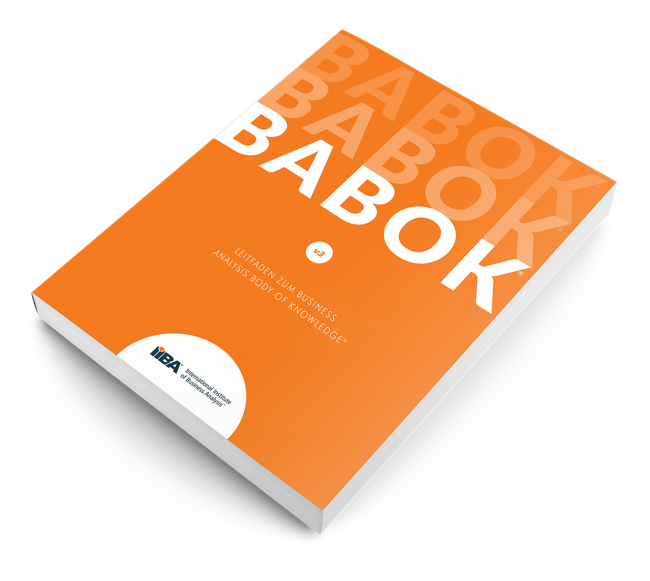
了解 BA 商业分析流程与相关工具 & 技术
促进跨部门同事 BA 经验分享 (Workshop)
帮助学员通过国际商业分析 CCBA 认证。
课程对象:
商业分析师、需求分析师、欲获得 CCBA 认证项目经理、产品经理,需求经理、流程经理;
企业架构师(EA)、系统分析师(SA)、系统架构师(SD) 及持有 PMP 认证、持续学习者;
HR、供应链、市场管理者、顾问、解决方案参与者及对商业分析工作有兴趣、想学习完整商业分析方法者
培训时长:4天
CCBA证书含金量:
对个人的效益:
提升业务需求分析理论和实战能力;
CCBA是全球普遍认可的职业认证;
CCBA认证获得同事及领导的普遍认同,带来更佳职涯发展潜力;
不管是BA岗位、还是其他岗位的人员,获得更好的职业晋升机会;
对组织的效益:
对客户、竞争对手、供应商、职员和投资者进行有效的业务需求分析;更可靠的业务需求分析结果, 获得更高的解决方案质量。
授课方式:
课程大纲:
1 概论
• IIBA 简介
• 什么是商业分析
• 谁是商业分析师
• 商业分析知识体系(BABOK)的目的与架构
• 知识领域、技巧、任务、基本能力、观点
• IIBA认证架构介绍(CCBA/CBAP/ECBA)
2 重要概念
• 商业分析核心概念模型
• 重要词汇
• 需求分类概要
• 利害关系人
• 需求和设计
3 规划与监控商业分析
• 规划商业分析的方法
• 规划利害关系人参与
• 规划商业分析治理
• 规划商业分析信息管理
• 找出商业分析绩效改善
4 需求导出和协同合作
• 准备需求导出
• 进行需求导出
• 确认需求导出结果
• 沟通商业分析信息
• 管理关系人协同合作
5 需求生命周期管理
• 追踪需求
• 维护需求
• 需求排优先序
• 评估需求改变
• 核准需求
6 策略分析
• 分析目前状态
• 定义未来状态
• 评估风险
• 定义改变策略
7 需求分析和设计定义
• 明确说明和模块化需求
• 厘清需求
• 验证需求
• 定义需求结构
• 定义设计选项
• 分析潜在价值及推荐解决方案
8 解决方案评估与确认
• 测量解决方案绩效
• 分析绩效测量结果
• 评估解决方案的限制
• 评估企业的限制
• 推荐行动以增加解决方案的价值
9 商业分析必备的能力
• 分析性思考和解决问题
• 行为特质
• 商业知识
• 沟通技巧
• 互动技巧
• 工具和科技
10 观点 Perspective
• 敏捷观点
• 商业智慧观点
• 信息科技观点
• 商业架构观点
• 商业流程管理观点
11 案例与演练
• 课程回顾与评量
• 案例实作与分组讨论 (Workshop)
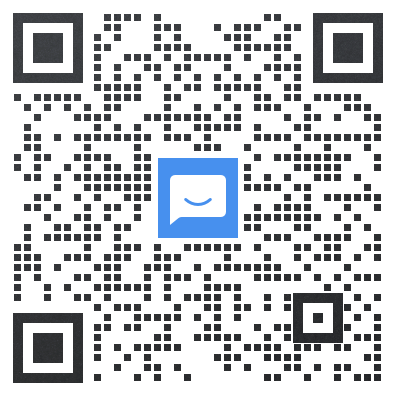 企业微信客服
企业微信客服
